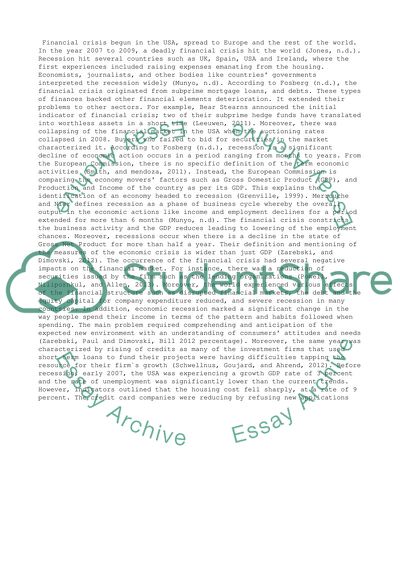Cite this document
(“INTERNATIONAL FINANCIAL STRATEGY Coursework Assignment”, n.d.)
Retrieved from https://studentshare.org/management/1495937-international-financial-strategy-coursework
Retrieved from https://studentshare.org/management/1495937-international-financial-strategy-coursework
(INTERNATIONAL FINANCIAL STRATEGY Coursework Assignment)
https://studentshare.org/management/1495937-international-financial-strategy-coursework.
https://studentshare.org/management/1495937-international-financial-strategy-coursework.
“INTERNATIONAL FINANCIAL STRATEGY Coursework Assignment”, n.d. https://studentshare.org/management/1495937-international-financial-strategy-coursework.


